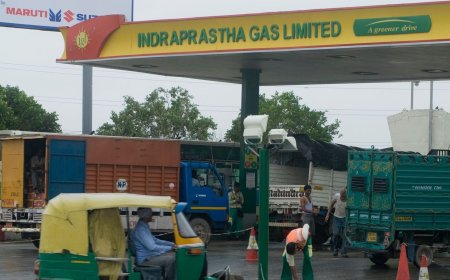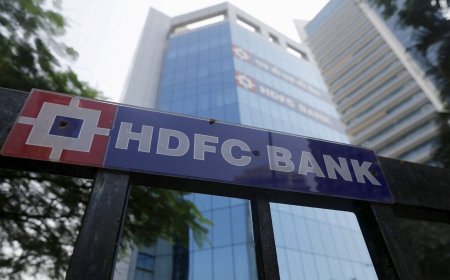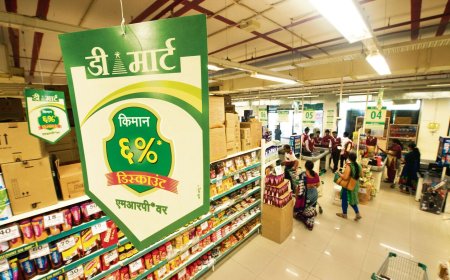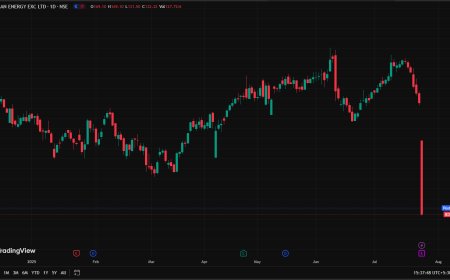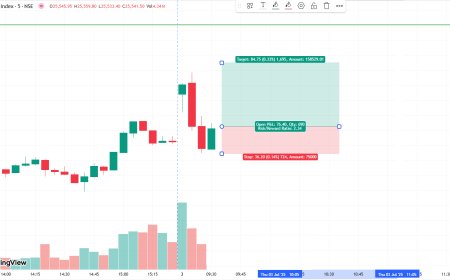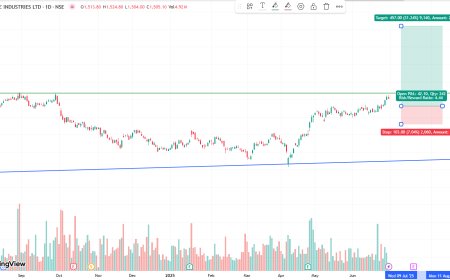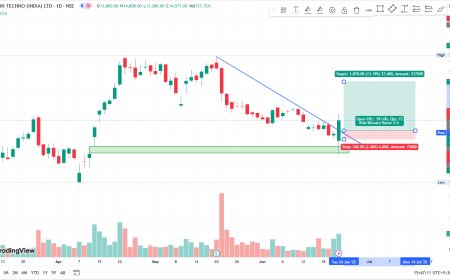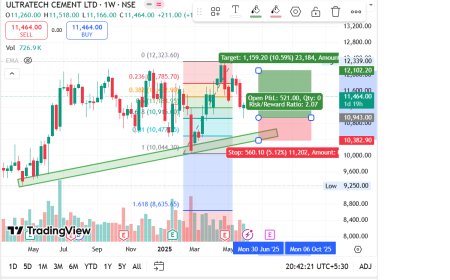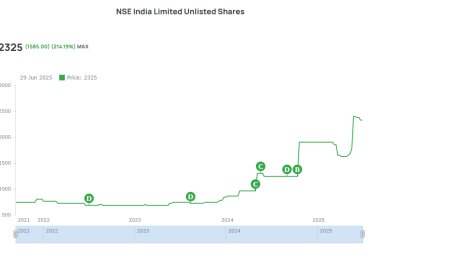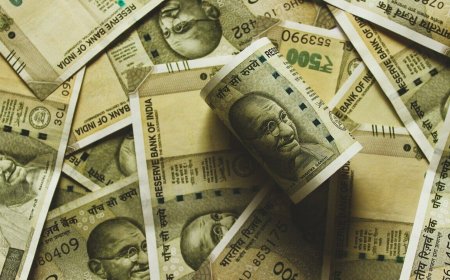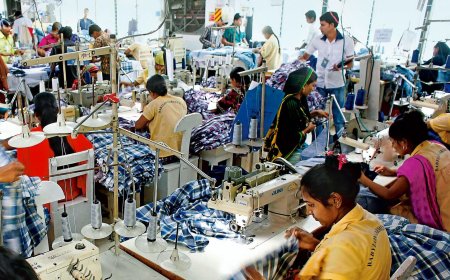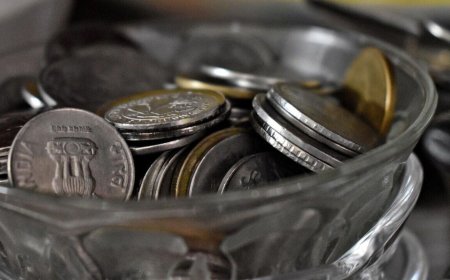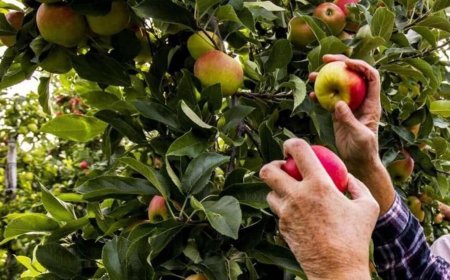India Extends Duty-Free Yellow Pea Imports to March 2026: Implications for Market and Investors
India has extended duty-free imports for yellow peas until March 2026 to stabilize prices and support food processing. Explore market impacts, analyst views, and investor outlook.
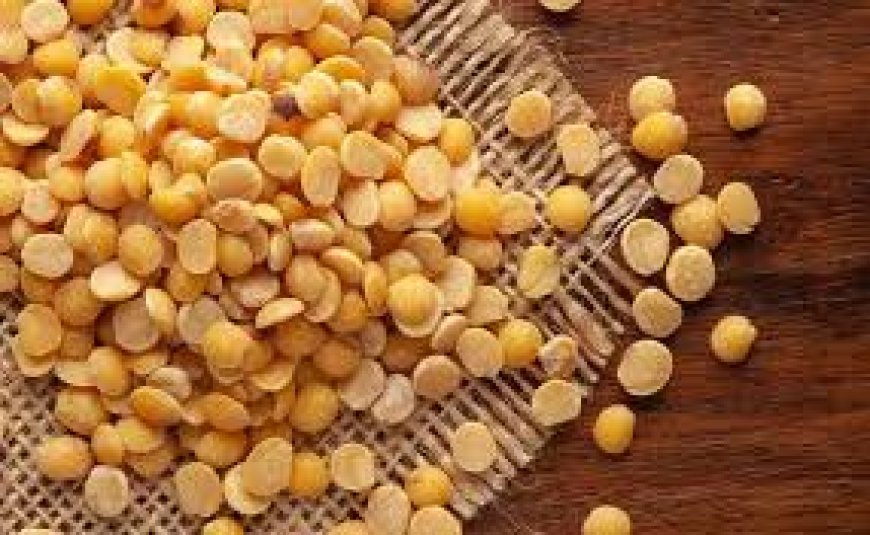
New Delhi, May 31, 2025 — In a strategic move aimed at supporting the domestic pulses market and ensuring adequate supply for the food processing industry, the Government of India has extended the duty-free import facility for yellow peas until March 31, 2026. This decision comes amid fluctuating domestic production and rising consumer demand for pulses, particularly yellow peas, which are a key ingredient in several food products including dals, snacks, and protein-rich alternatives.
Policy Background and Extension Details
India, one of the largest consumers and producers of pulses globally, has historically imposed tariffs on pulse imports to protect domestic farmers. However, intermittent supply shortages and price volatility have occasionally prompted the government to relax import duties temporarily.
The current extension allows importers to bring in yellow peas without paying customs duty until the end of March 2026, continuing the policy that was set to expire this month. According to the Ministry of Commerce and Industry, the extension is designed to stabilize pulse prices and support the processing industries that rely heavily on yellow peas as raw material.
Market Context: Domestic Production vs. Demand
India’s pulse production has been impacted by erratic monsoons and shifting cropping patterns. While chickpeas and pigeon peas continue to dominate cultivation, yellow pea production remains comparatively low, insufficient to meet surging industrial demand.
“Yellow peas have become an essential commodity in India’s food and feed sectors. The domestic shortfall has pushed the government to ensure stable imports to prevent inflationary pressures on pulses,” said Dr. Arvind Kumar, Senior Agricultural Economist at the Indian Council of Agricultural Research (ICAR).
The extension aligns with government efforts to keep pulse prices within a manageable range for consumers, particularly in urban areas where pulses are a staple protein source.
Analyst Perspectives on Import Duty Extension
Market analysts generally welcome the extension but advise careful monitoring of its long-term effects on domestic pulse growers.
“Duty-free imports until 2026 will provide immediate relief to manufacturers and consumers by preventing sudden price hikes. However, the government should simultaneously invest in improving domestic yellow pea yields to reduce dependency on imports,” said Meera Shah, Head of Commodities Research at Anand Rathi Financial Services.
Importers and food processing companies are expected to benefit from lower input costs, potentially leading to increased production of pulse-based products and expanded export opportunities.
Investor Outlook: Opportunities and Risks
For investors, the extension of duty-free imports signals both opportunity and caution in the pulse sector.
-
Opportunities: Food processing companies, especially those specializing in pulses, may see improved margins due to reduced raw material costs. Additionally, importers and logistics firms involved in pulse trade might experience higher volumes.
-
Risks: Domestic pulse farmers and companies heavily reliant on local yellow pea production could face pricing pressures and reduced profitability if imports continue to dominate the market.
“Investors should consider diversified exposure in the pulse supply chain—balancing stakes in both importers and domestic processors—while monitoring policy shifts that might impact import tariffs post-2026,” suggested Rajesh Malhotra, Equity Analyst at Motilal Oswal Securities.
Broader Implications and Future Prospects
The extension reflects India’s ongoing balancing act between protecting farmers and ensuring affordable food for its vast population. Yellow peas, rich in protein and fiber, have gained traction amid rising health consciousness, fueling demand beyond traditional pulse markets.
The government’s move may also encourage private sector investments in cold storage, transportation, and pulse processing infrastructure, further strengthening the supply chain.
“Maintaining duty-free imports temporarily can be a pragmatic approach. However, boosting domestic production through research, improved seeds, and better agronomic practices should be the priority to achieve pulse self-sufficiency in the long run,” emphasized Dr. Kumar.
Conclusion
India’s decision to extend duty-free imports of yellow peas until March 2026 is a timely intervention aimed at stabilizing prices and ensuring supply continuity for consumers and industry alike. While it provides immediate market relief, it also underscores the need for strategic investments to enhance domestic production and reduce import dependence. Investors, policymakers, and stakeholders will be watching closely as the pulse market evolves over the coming years.
What's Your Reaction?
 Like
0
Like
0
 Dislike
0
Dislike
0
 Love
0
Love
0
 Funny
0
Funny
0
 Angry
0
Angry
0
 Sad
0
Sad
0
 Wow
0
Wow
0

